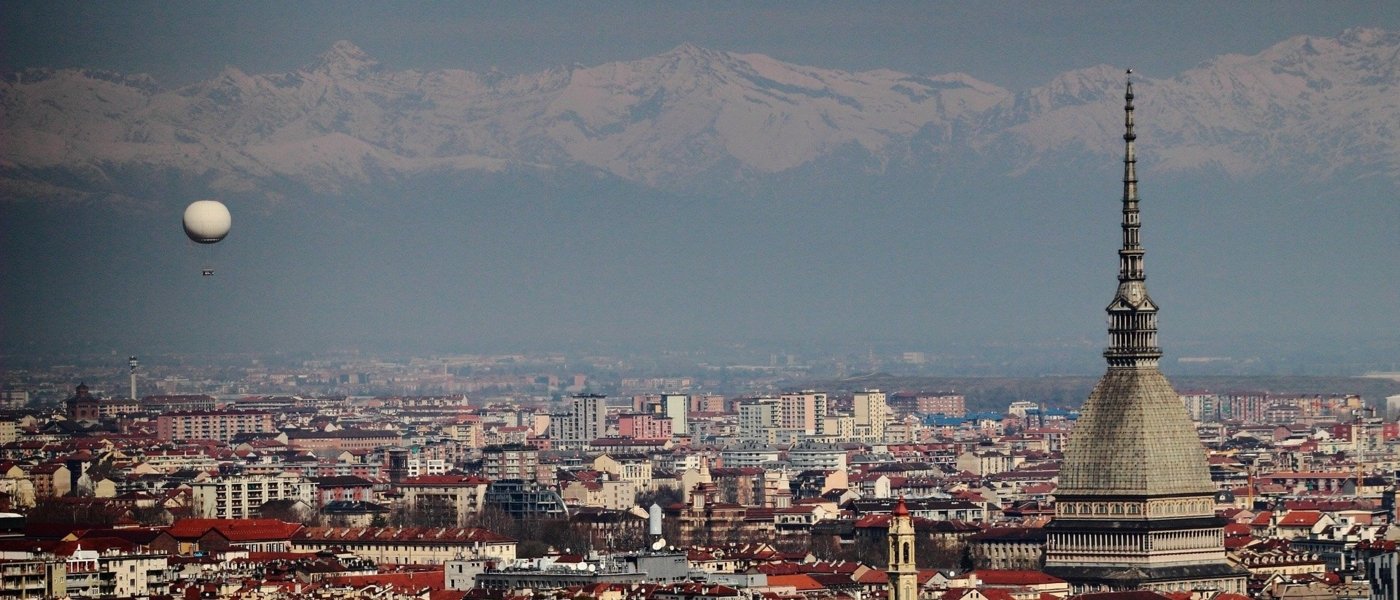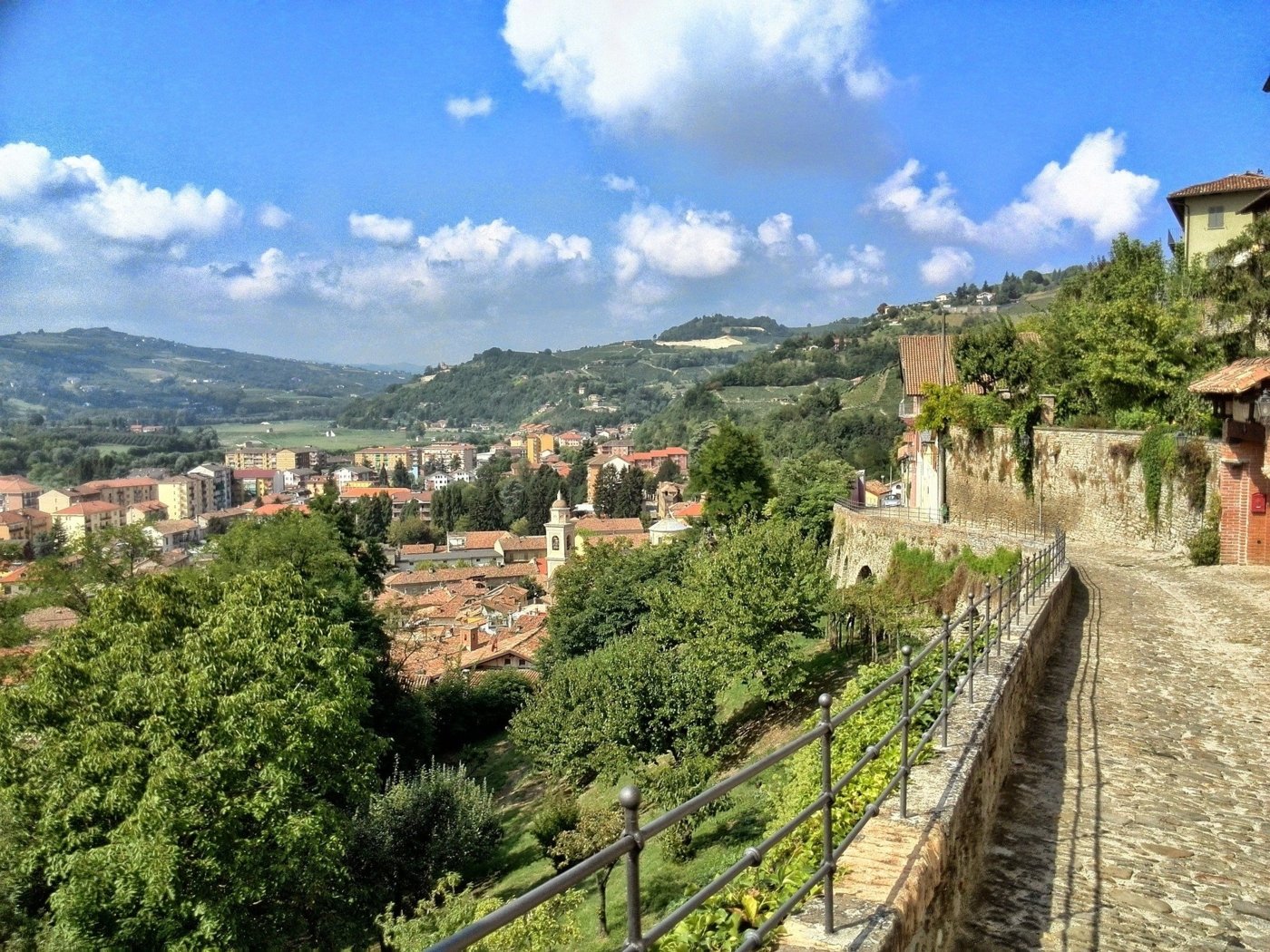However, Piedmont vineyards are not only stunningly attractive, they also produce some of the most sought-after red wines in the world. Barolo, the wine of kings and the king of wines originates in the Langhe, around the towns of Alba and Asti, where in autumn the fogs roll in along the river Tanaro and allow the grapes above them to ripen all the more effectively, before it burns off later in the day. This fog gives its name to the grape variety that produces Barolo, Barbaresco and Roero, wines that are created from Nebbiolo, from the Italian ’nebbia’, meaning fog. One Piedmont vineyard from Barolo that deserves special mention is ’Cannubi’, one of the earliest mentioned individual vineyards in Italy, which oral tradition and high prices has elevated to ’cru’ status. A good Barolo will age for several decades with its initially grippy tannins softening to velvet and the wine developing flavours and aromas of forest floor, truffles, tar and rose. A Barolo, or Barbaresco for that matter, will pair perfectly with the autumnal fare of mushrooms, truffles and risottos for which Piedmontese cuisine is rightly famous.
In ’Alto Piemonte’, High Piedmont, the home of Ghemme and Gatinara, Nebbiolo is known as Spanna and is grown high up in the mountains, with vineyards clinging to the steep slopes, a different picture indeed to a Piedmont vineyard in the rolling hills of the Langhe.







